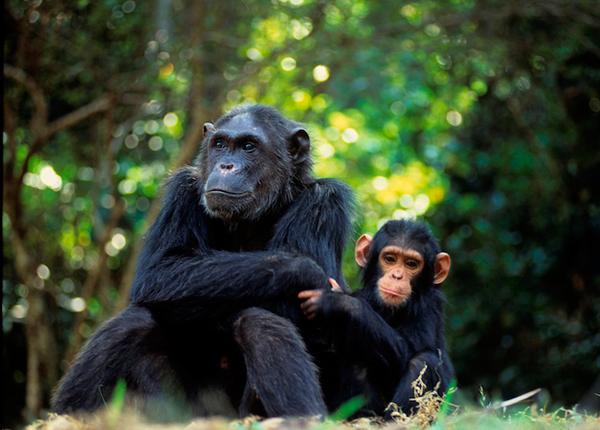A new window into human history has been opened up by a global team of scientists who have discovered an innovative method to identify ancient seasonal climates using teeth.
The scientists have developed a novel way to establish the role that ancient seasonal climates and behaviours played in the development of both primates and humans, using microsamples of oxygen isotopes collected from fossilized teeth.




